5 Tips to Make Your Breast Pumping Journey More Eco-Friendly
By Milk Stork Team on April 22, 2021

Breast milk is the most optimal source of nutrition for your baby, and the most planet-friendly since it can be done without packaging, manufacturing, and transportation.
Unfortunately, the same cannot be said for pumping. From the pump and all the accessories to refrigeration and milk storage, to sanitizing and cleaning, pumping relies on energy, plastic, and detergent.
But there are ways to lessen the carbon footprint of your pumping journey. Here are 5 tips to address some of the biggest eco-issues:
1 — Try Reusable Breast Milk Storage Bags
When it comes to the environment and pumping, a big pain point is watching all those single-use breast milk storage bags go into landfills. Thankfully, there is now an alternative!
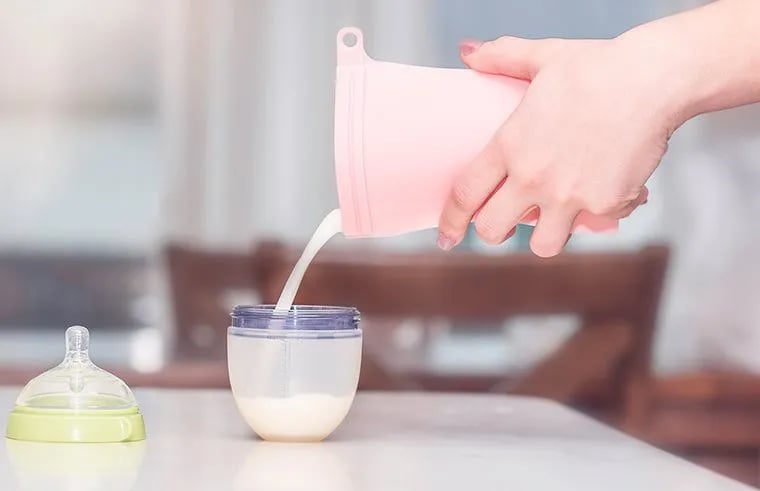
Junobie, is the world’s first reusable breast milk bag. Compact, convenient, and reusable, these eco-friendly bags are plastic-free and dishwasher-safe!
2 — Imagine Breast Milk Storage Without a Freezer
That frozen breast milk stash can take up a lot of freezer space… so much so that many families find themselves investing in an additional, power-guzzling, overflow freezer.
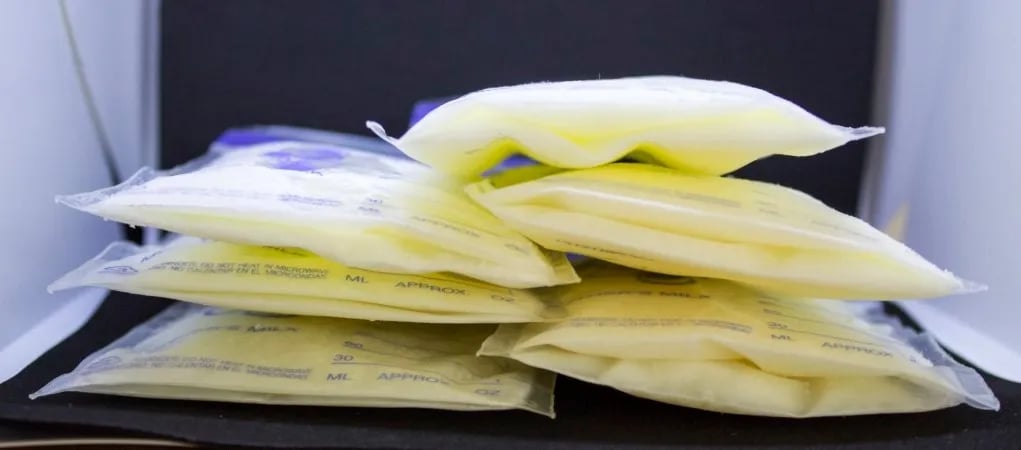
By freeze-drying your breast milk, you can ditch the freezer and extend the shelf life of your breast milk to 3 years.
3 — Use Earth-Friendly Detergents
Cleaning bottles and pumping attachments takes elbow grease and some good dish soap, but many soap brands use phthalates, parabens, and dyes that harm the environment and aquatic life.
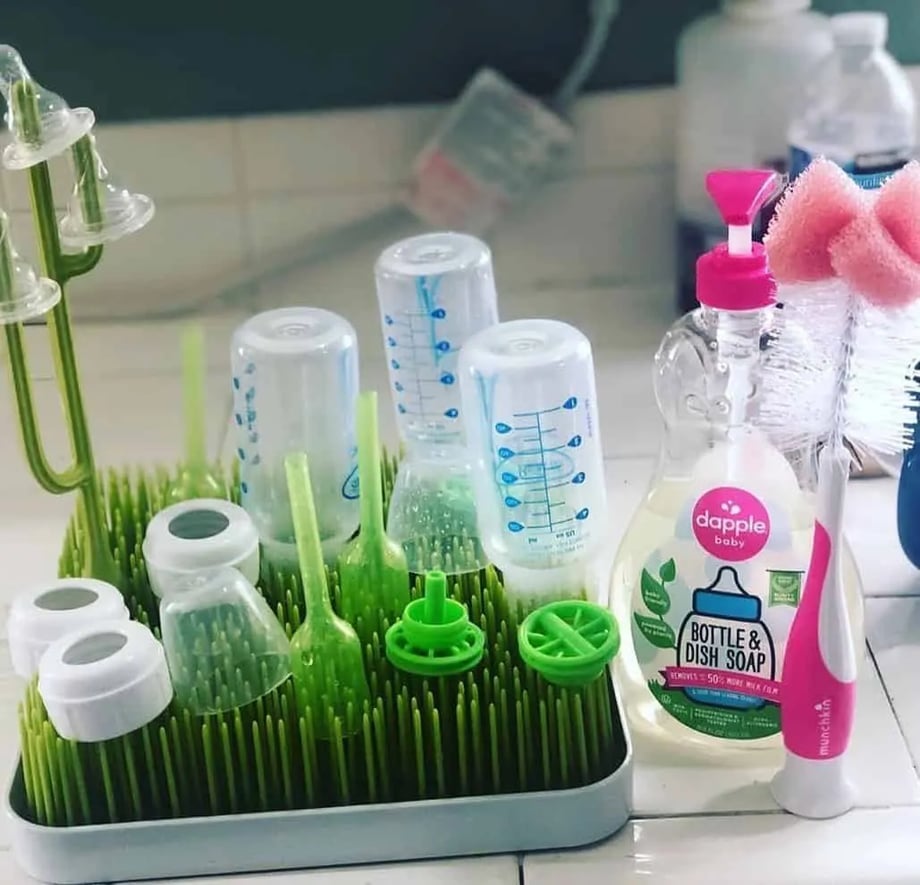
Eco-friendly dish soap can lighten your negative ecological impact, so we recommend dapple’s Bottle and Dish Soap.
4 — Bottles, Bottles, and More Bottles
When it comes to baby bottles, glass and aluminum are the best options for the environment. Check out Lifefactory, which makes a variety of options and sizes in both materials.
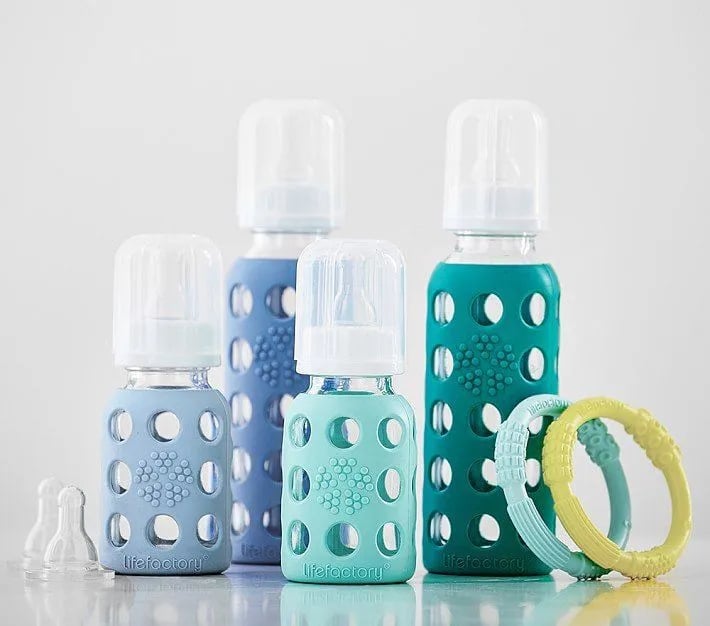
While they aren’t the most environmentally friendly choice, plastic bottles are still a staple for pumping moms because of their incredible practicality. The good news is that the ones with #5 or #7 on the bottom can also be recycled. Silicon nipples, however, must be thrown away.
5 — Recycle Your Pump
Medela Recycles only accepts Medela personal pumps, but for other brands, you can contact the manufacturer to see if they have any similar recycling protocol. Plastic attachments, like flanges, can be recycled, but tubing must be thrown away.
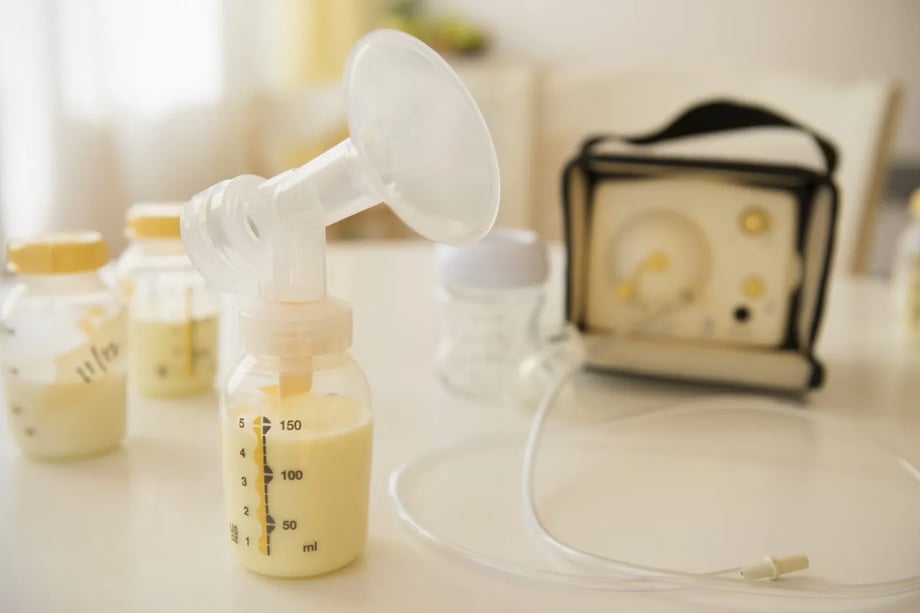
For more information on the dos and don’ts of dumping your pump, check out this helpful recycling guide by Spectra.
As parents, we care about providing a safe future for our kids. Making every day Earth Day, even in the smallest ways, is a fantastic way to start.


